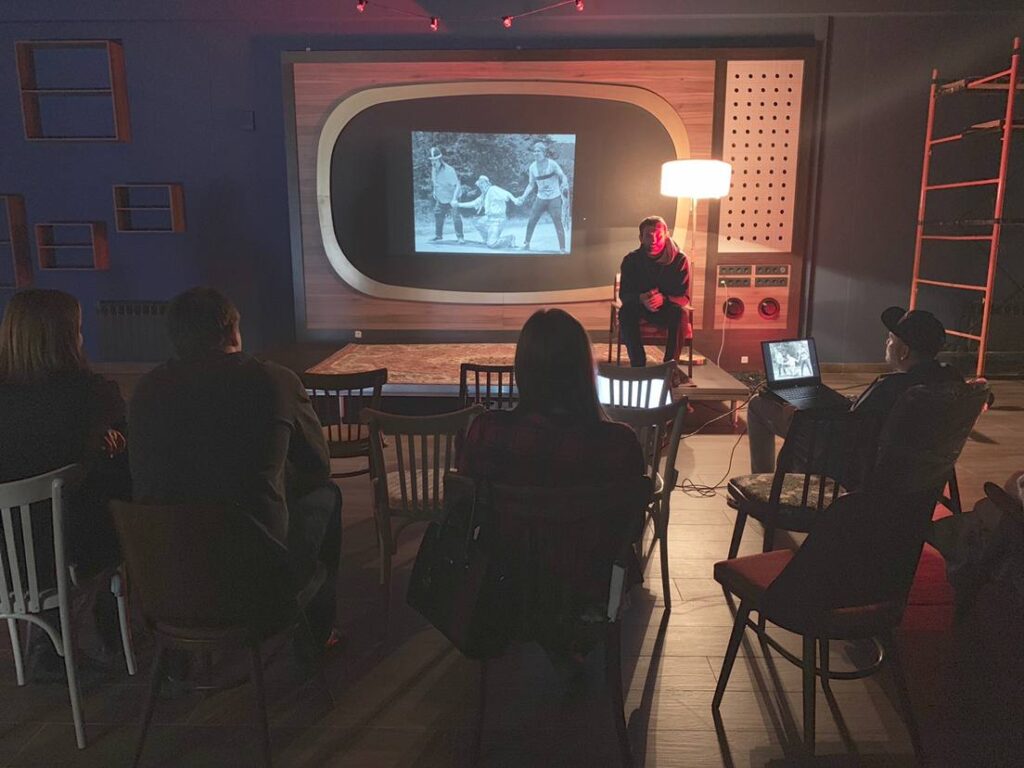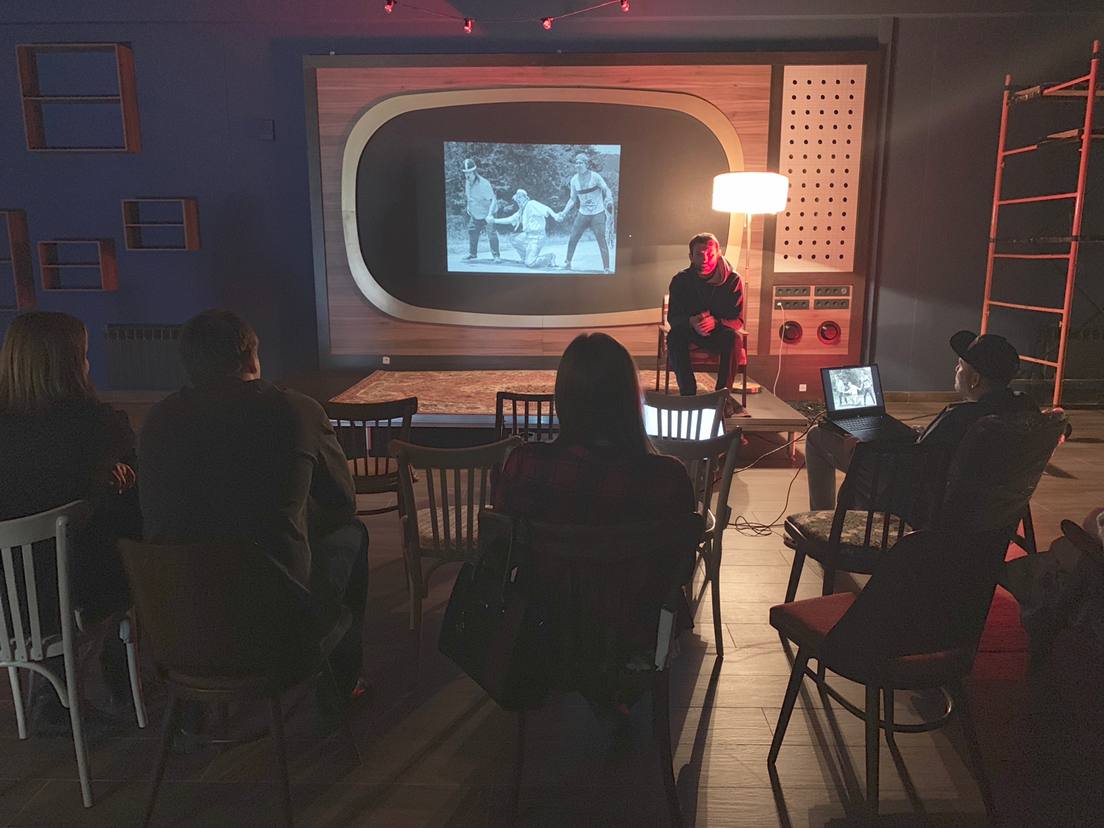1+1=3 – Rock trio as phenomenon (Public talk)
Discussion

Any group significant for the history of rock music sought to have a unique image that would set it apart from the numerous other groups. Over time, the images of rock bands have developed into a certain typology. This typology is largely based on the quantitative composition of the group. Most often, a rock group is a quartet (The Beatles, Led Zeppelin, Queen, The Doors, The Who, Pink Floyd) or a quintet (The Rolling Stones, Deep Purple, Genesis, Guns N’Roses). In this lecture we will talk about a more exotic composition. We’re talking about a trio. There are now plenty of outstanding three-piece bands in rock music (Green Day, Muse, Blink-182, Placebo), but in the early 1960s, rock trios were innovative. One of the first rock trios can be called the Liverpool group The Big Three. It was formed in 1961, competing with The Beatles and notable for its particularly loud sound. In 1962, The Big Three were ranked number 3 on the Mersey Beat list of the most popular Liverpool bands. The group signed a contract with the company of The Beatles manager Brian Epstein, who tried to turn it into a quartet to give it a more marketable appearance. At that time, the image of a rock trio was considered too unusual. In 1966 the group disbanded. In the same year, the first ever “supergroup” Cream appeared on the British rock scene, which also consisted of three people: Eric Clapton, Jack Bruce and Ginger Baker. All these musicians were already known in the London blues community. Eric Clapton was considered a guitar virtuoso. Jack Bruce and Ginger Baker had experience playing in jazz ensembles. For jazz, a trio is a typical phenomenon. The trio in the case of Cream gave the participants maximum creative freedom. Their live performances were famous for long improvisations, and their first official performance took place at a jazz festival. Cream became an exemplary rock trio. For example, the American group Grand Funk Railroad, which was formed in 1969, was also a trio and was considered by the record company Capitol as “the American answer to Cream.” 1966 can be called the year of recognition of the rock trio. A few months after the formation of Cream, another rock trio appeared on the British stage – the Jimi Hendrix Experience. The lineup included guitar virtuoso Jimi Hendrix, free-spirited bassist Noel Reading and jazz-backed drummer Mitch Mitchell. It is noteworthy that Cream and the Jimi Hendrix Experience did not last long. The former disbanded in 1968, the latter in 1969. Drummer Mitch Mitchell was offered to play with keyboardist Keith Emerson and bassist Greg Lake. He refused, but told Hendrix about the new project. Hendrix jammed with these musicians at the Isle of White festival. A few months later he died tragically, and what could have been a quartet became the trio Emerson, Lake & Palmer. This trio did not have a guitarist; the powerful sound was created with the help of drums, bass guitar and the virtuoso playing of Keith Emerson. By that time, such groups began to be called Power Trio because of the power of their sound.


